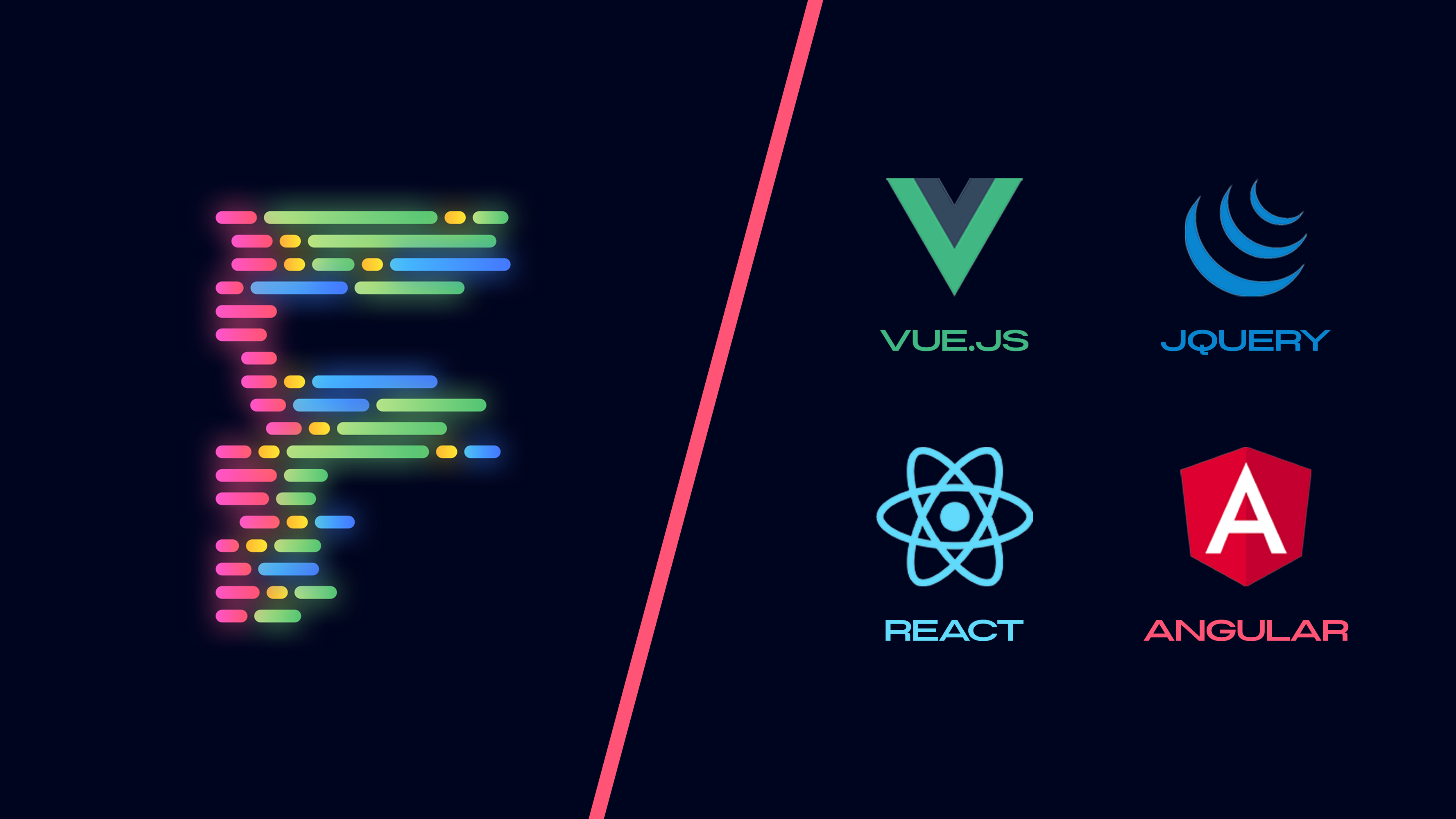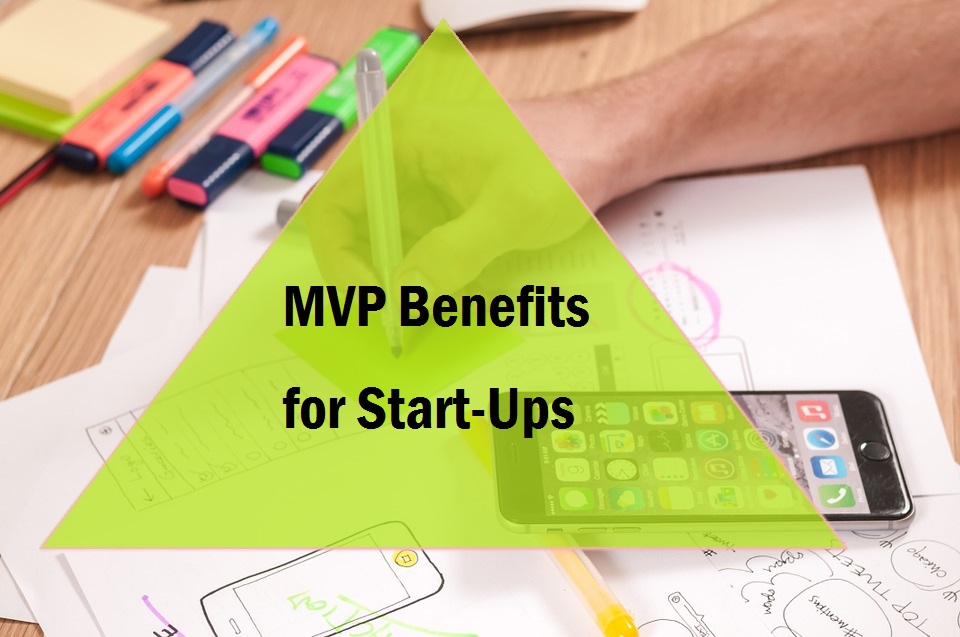For any growing start-up, one of the biggest challenges is to decide either to outsource or hire an in-house team in order to save revenue. With a lot going on with startups, at times it’s not feasible to do everything in-house. In such a scenario, engaging a vendor or hiring a virtual team has a great potential for them as this may help them to boost up their sales, penetrate into new markets and improve their business processes. But finding & selecting a great remote team is often risky.
This guide identifies the key elements of selecting a super effective vendor team and processes involve that can save you from hiring a non-competent vendor. As one wrong decision in a selection process can cause your company a huge setback.
As a Start-up founder, you first need to evaluate your business processes and tech work that can be outsourced and are not the part of your core business operations. Once decided, now comes the part to evaluate & select the right vendor for your next project.
Here we discuss how a startup can identify their technology needs or business processes to outsource, searching and approaching the vendors, background check and finally helps you to select an outsource vendor partner for your Startup. Let’s analyze the vendor selection process in detail:
- Identify the need/ purpose of Outsourcing
- Points to consider while evaluating a technical vendor
- Formulating the RFP
- Negotiations & payment schedules.
1) Identify the need to Outsource:
First, you need to identify the need and project to outsource. At times, as an early stage start-up, you may have budget constraints to hire a whole team of in-house experience resources as your own team might only be specialized in one technology and lacks in other technology stacks. Not only may this, hiring a competent virtual team helps you in saving a lot of budget. There are proven results of how companies can save more than 60% of their operational cost by utilizing the services of virtual teams.
Like for an example, you’re a tech founder with a superb app idea and require a web & mobile development teams to build your idea into cash generating product. This requires a proper office space and experience resources to engineer your dream product. However, taking the services of an outsource vendor can save you from the hassle of buying/renting the office space. Not only this, it also saves you time in interviewing and training a whole development team for your product development.
2) Vendor Evaluation Criteria:
Searching for a potential technical vendor should be as important to you as if you are searching for a co-founder of a company. They are the ones who will be directly involved in the development phase of your product and has a great impact on that. Following are some of the considerations you should keep in mind while searching for a vendor.
- Conduct a thorough search of the outsourcing companies, their founders, the social presence of the company, and the number of years they are in business.
- Take a look at their diverse portfolio/tech stack and their previous clients.
- Look at the Geo-location of the outsource team and the time differences. See how flexible their team is to give you their availability during your office hours.
- Interview their team members from different tech stacks to judge the level of experience of their teams.
- See their client testimonials and ask for work references.
- Check the financial health of a company if they are going for profit or not.
- Tools and technology platforms they use
Pay attention to above mentioned points and this information can be obtained by asking the vendor or by directly sending a formal “Request For Information” to them.
3) Formulating the RFP:
After gathering all above information, shortlist your vendor list and narrow down your selection. Now comes the part where your team will be required to write and share a formal document called “Request for Proposal” or “Request for Quote” to finalize the vendor selection process. Make sure your team adds following points in your RFP:
- Goals & objective of the partnership
- Brief introduction of the company
- Brief introduction of the vendor’s company and team members involve
- NDA terms
- Project details & specifications
- Cost Structure & Payment schedules
- Timelines and Project milestones
- Assumptions & constraints
- Terms & conditions.
4) Negotiation Strategies:
Once you get all the relevant information through the RFP, arrange initial Demos with the shortlisted app development companies to negotiate on the pricing structure and other terms. This is a final stage before you actually make a decision on hiring a remote team for your project. List down your project priorities and discuss with your vendor in detail. Also, set the payment structure and project deliverable milestones for your project.
Prototype (Testing Phase) Optional:
In the case of product development, some vendors offer to create a clickable prototype of the product first at a very reasonable fee before you actually hire them for your development needs. Prototype stage can actually give you the visual look and feel of your dream product before it comes into existence and hits the market. This is a testing phase that you can use to get the end user perspective. If you are satisfied with the prototype of your product, you can proceed with selecting that vendor for your product development.
Hiring a technical vendor is not an easy process as it’s a long term relationship and one bad decision can lead to a huge failure for a company. There is a huge risk involved, but if you keep all above points in consideration, it may eliminate the risk of hiring a non- capable team for your company.





